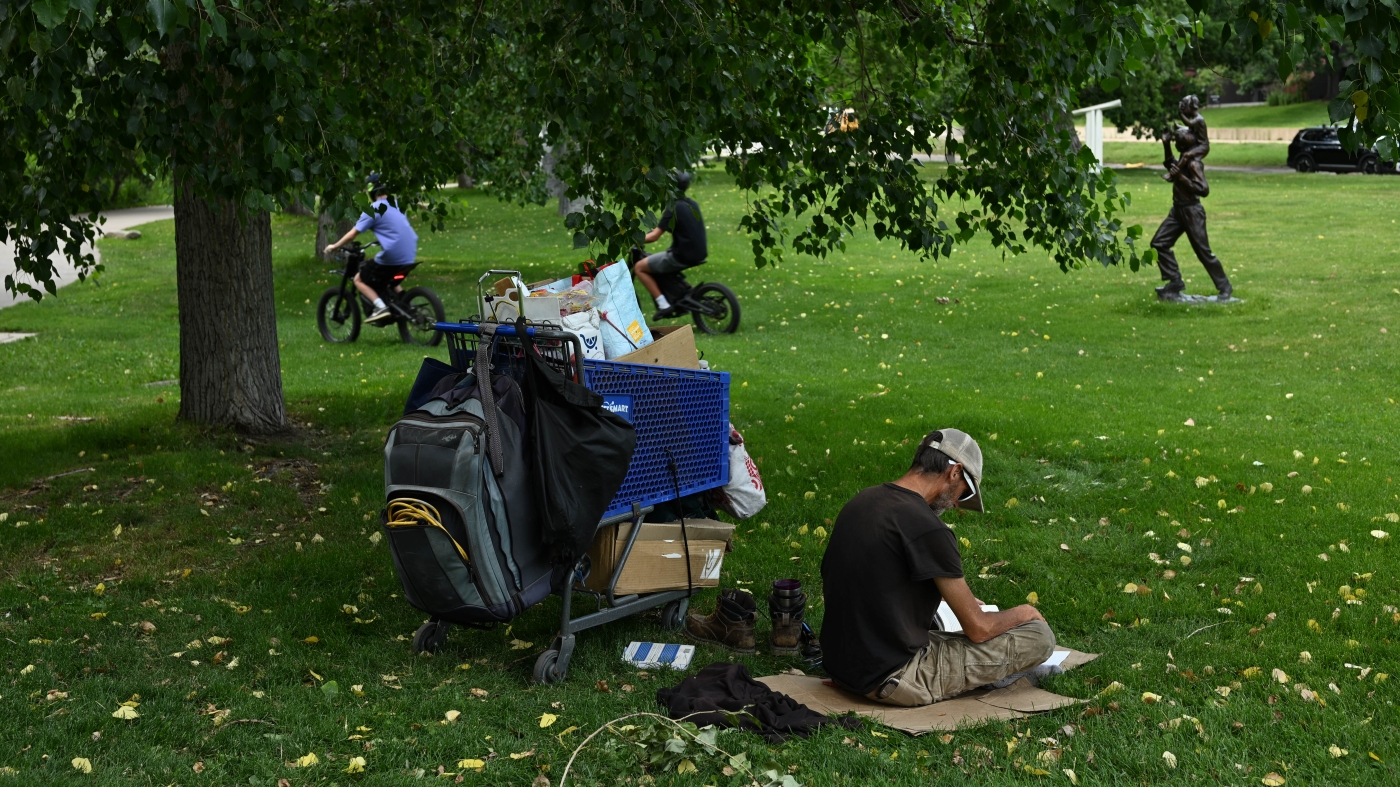Changes to Homelessness Policy under Trump’s Executive Order
Recently, President Trump signed an executive order aimed at changing how the U.S. addresses homelessness. This order focuses on making it easier for cities to clear outdoor encampments and encourage people to seek mental health or addiction treatment. It includes provisions for involuntary civil commitments for individuals deemed a risk to themselves or others.
The order points to rising crime in urban areas, claiming that “endemic vagrancy” has contributed to unsafe cities. It seeks to shift federal funding priorities away from programs that promote getting individuals into housing first before addressing their treatment needs. Instead, it emphasizes requiring sobriety and treatment for funding.
Critics argue that this approach does not tackle the root causes of homelessness. Jesse Rabinowitz from the National Homelessness Law Center stated, “This executive order forces people to choose between compassionate, data-driven approaches and a punitive system that criminalizes mental illness and homelessness.” Ann Oliva from the National Alliance to End Homelessness also criticized the policy, stating that institutionalizing those with mental illness is neither dignified nor effective.
Impact on Addiction Treatment Programs
Another significant aspect of this order is its directive to defund harm reduction programs within addiction services. Many experts say that harm reduction practices, like providing clean needles, are essential for reducing overdose rates. Research from the CDC shows that these programs do not encourage drug use, contradicting the administration’s claims.
Also, this executive action is influenced by a recent Supreme Court ruling. This ruling allowed cities to penalize those sleeping outdoors, prompting many to tighten regulations on camping. Over 100 cities have already enacted or reinforced such bans.
A Shift in Policy Perspective
For years, the U.S. enjoyed bipartisan support for the idea of getting individuals off the streets and into stable housing through a “Housing First” approach. However, as homelessness rates rise—over 770,000 Americans were reported as homeless last year, up 18% from the previous year—there’s a growing conservative push against this model.
Some, like Devon Kurtz of the Cicero Institute, argue that not enough focus has been on treatment and recovery. The argument is that simply placing individuals in houses isn’t enough without addressing their underlying issues.
This order represents a significant shift in federal policy. It mirrors a conservative backlash against decades of progressive homelessness strategies. The consequences of this pivot remain to be seen, but experts warn that it may perpetuate existing challenges rather than solve them.
For further insights on the effectiveness of various approaches to treating addiction, you can visit the CDC’s Syringe Services Programs page.




:max_bytes(150000):strip_icc()/GettyImages-13573615471-29257d7dd52e4f5bae1a7811cf99d211.jpg?w=480&resize=480,480&ssl=1)














:max_bytes(150000):strip_icc():focal(725x382:727x384)/Vanessa-Hudgens-Cole-Tucker-Vanity-Fair-Oscar-Party-071225-c97bbd0d6aa14c8487219d058bfbc064.jpg?w=480&resize=480,480&ssl=1)


